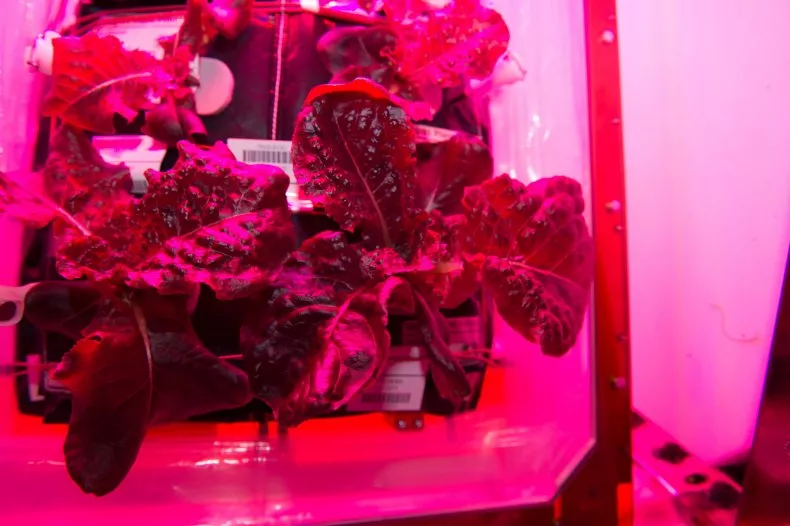
A new study shows that lettuce grown on board the International Space Station ISS is at least as nutritious as the lettuce grown on Earth.
Red romaine lettuce seeds were sent to the ISS as part of an experiment to see if cultivation in space was possible. The ISS astronauts grew and ate the lettuce as part of the Vegetable Production System experiment, dubbed “Veggie” for short.
The lettuce (Lactuca sativa, cv ‘Outredgeous’) thrived despite growing in zero gravity and exposed to higher radiation doses in space. The space lettuce was also found to have the same microbiome as lettuce grown on Earth, which leads the authors to conclude that it is safe as human food.
Today’s astronauts get their nutrition from foods that have been processed in one way or another to increase sustainability, but the processing affects the amount of certain nutrients.
The study authors examined the microbiological and nutritional quality of the lettuce after its stint on the ISS. Samples of the lettuce were frozen and sent back to Earth, where researchers conducted experiments to test the lettuce for any differences. As a control, the team also grew the crop in the same conditions on Earth. The plants were cultivated in chambers with LED lighting and a watering system.
The fact that it is possible to grow vegetables on the ISS is of utmost interest to NASA and other space organizations, as the availability of food is one of many tasks that should be solved before we venture out further into space, for example to the planet Mars.
“Right now we cannot guarantee that we will have a diet to meet the needs of the crew for these longer, deep space missions, so one potential solution will be to supplement the packaged diet with fresh produce,”
”
This [space-grown lettuce] will provide additional vitamins and other nutrients, flavors, textures and variety to the packaged diet. Growing plants may also help with menu fatigue and provide psychological benefits when astronauts are far from home. In the long term, if we ever want to have space colonization, growth of crops will be crucial for establishing any level of sustainability and self-sufficiency.
””
In addition to providing food, plants may also play a role in future Life Support Systems needed for long-duration missions. Plants generate oxygen as well as remove and fix carbon dioxide, which is critical in closed systems like the ISS or future moon/Mars facilities.
“
– NASA’s Christina Khodadad and Gioia Massa, from the Kennedy Space Center,
The authors conclude that lettuce grown in space-borne Veggie units is safe to eat. These encouraging results open the door for experiments with other nutritious and tasty crops on board the space station, to help propel astronauts further into space.
The study has been published in the journal Frontiers in Plant Science.
Reference:
Khodadad, C.L. et al. “Microbiological and nutritional analysis of lettuce crops grown on the International Space Station” Front. Plant Sci. 2020: 00199th (Https://www.frontiersin.org/articles/10.3389/fpls.2020.00199/full)


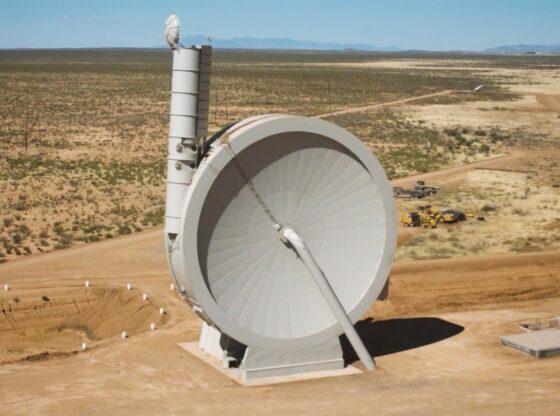
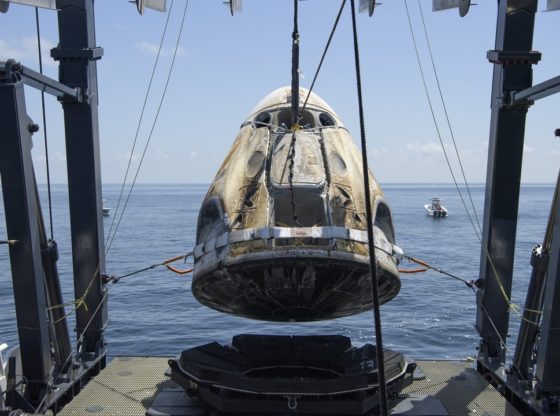
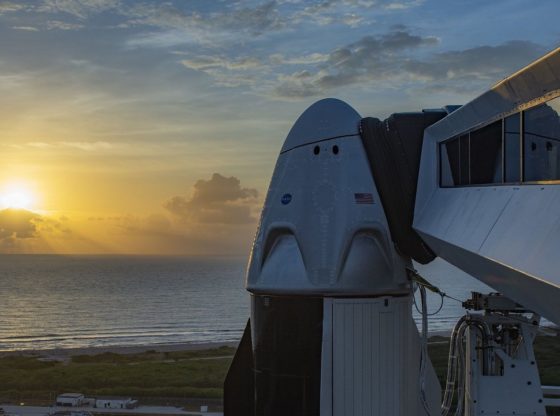
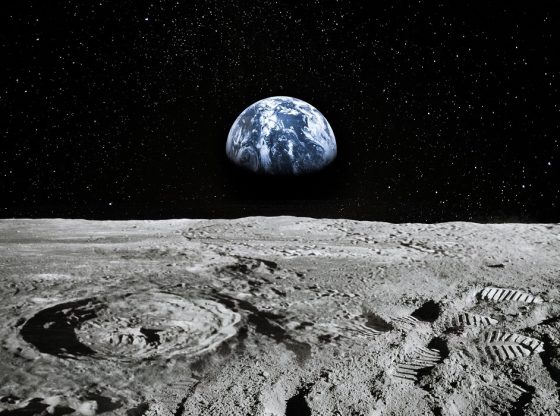
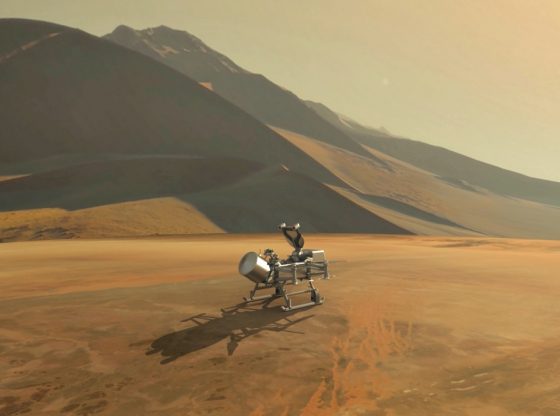
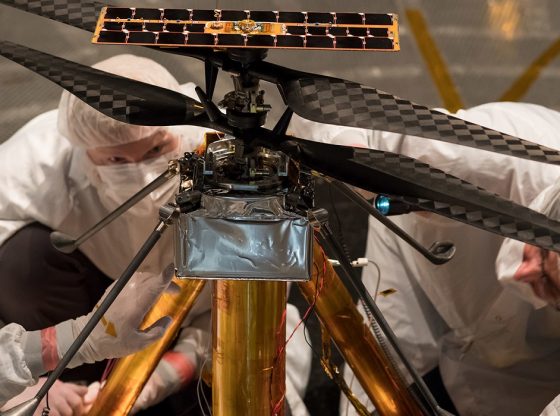
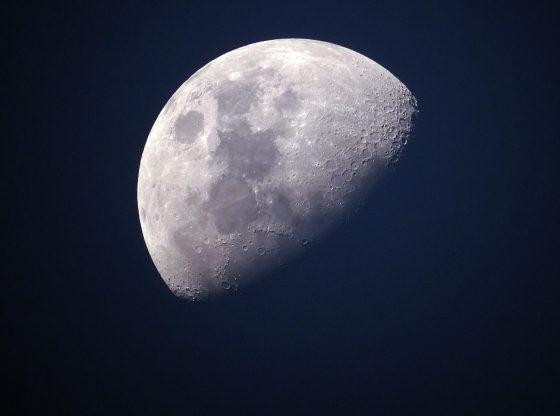
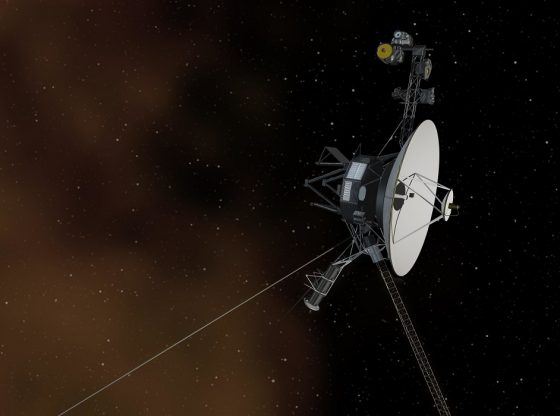
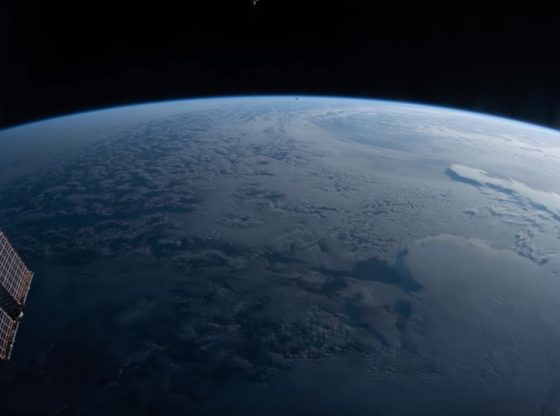
![OpenAI. (2025). ChatGPT [Large language model]. https://chatgpt.com](https://www.illustratedcuriosity.com/files/media/55136/b1b0b614-5b72-486c-901d-ff244549d67a-350x260.webp)
![OpenAI. (2025). ChatGPT [Large language model]. https://chatgpt.com](https://www.illustratedcuriosity.com/files/media/55124/79bc18fa-f616-4951-856f-cc724ad5d497-350x260.webp)
![OpenAI. (2025). ChatGPT [Large language model]. https://chatgpt.com](https://www.illustratedcuriosity.com/files/media/55099/2638a982-b4de-4913-8a1c-1479df352bf3-350x260.webp)








